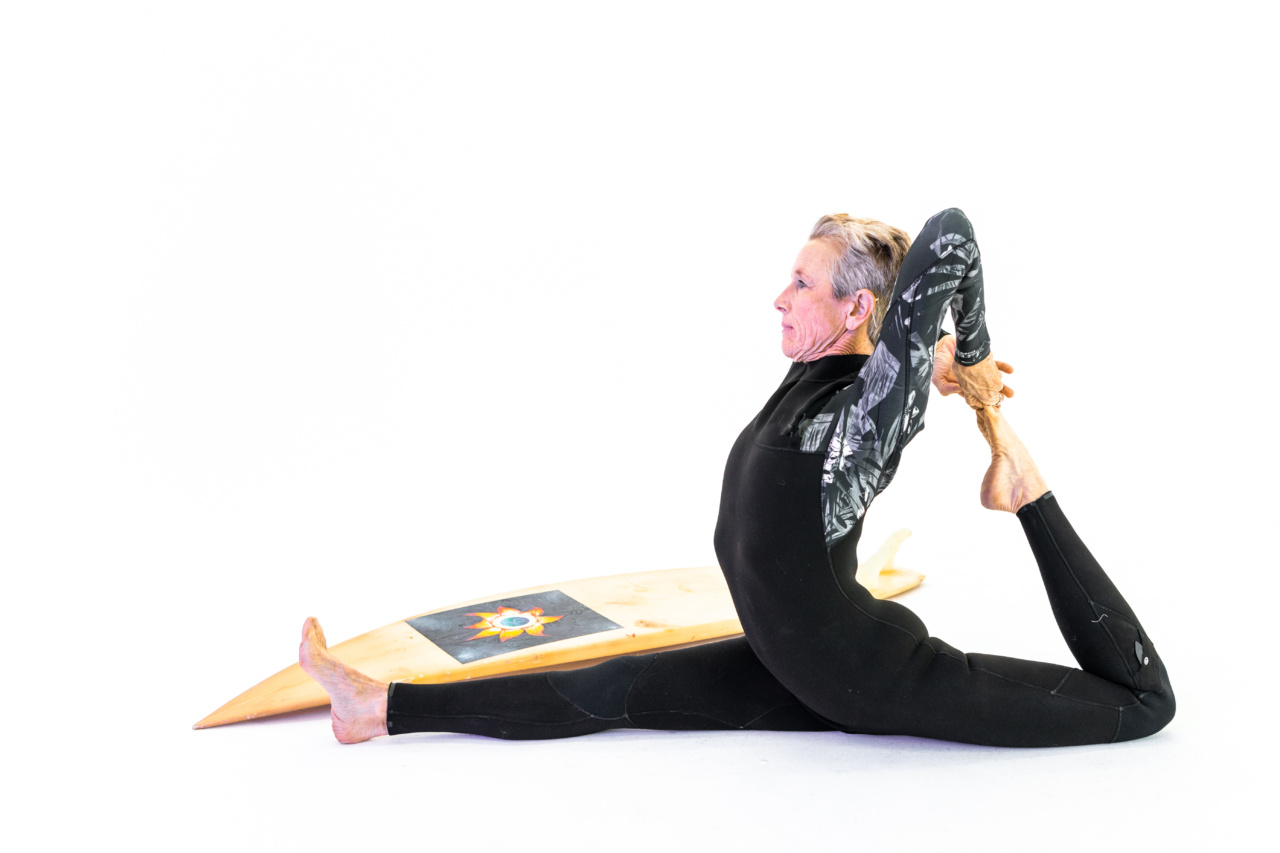Menopause is a natural process that occurs in women usually in their late 40s or early 50s, marking the end of reproductive years.
During this stage, women experience a significant decline in estrogen levels, leading to various physical and emotional changes. One of the common challenges faced by menopausal women is weight gain and an increased risk of chronic diseases.
The Importance of Exercise during Menopause
Regular physical activity plays a crucial role in maintaining health and well-being during menopause. Exercise has a multitude of benefits that can help alleviate menopausal symptoms and reduce the risk of chronic conditions.
It not only helps manage weight but also improves mood, boosts energy levels, enhances bone health, reduces the risk of heart disease, and promotes better sleep.
Choosing the Right Types of Exercise
When it comes to exercise during menopause, it’s important to focus on activities that offer a combination of cardiovascular exercise, strength training, and flexibility exercises.
Here are some exercise recommendations specifically tailored for menopausal women:.
1. Cardiovascular Exercises
Engaging in aerobic activities can help control weight gain, reduce the risk of cardiovascular disease, and improve overall fitness. Some great options include brisk walking, jogging, swimming, cycling, dancing, and aerobics classes.
Aim for at least 150 minutes of moderate-intensity aerobic exercise per week.
2. Strength Training
Strength training exercises are crucial for menopausal women as they help maintain muscle mass, improve bone density, and prevent osteoporosis. Include exercises that target major muscle groups such as squats, lunges, push-ups, and weightlifting.
Aim for two or three sessions per week, allowing a day of rest between sessions.
3. Flexibility Exercises
Performing flexibility exercises can help improve joint mobility, prevent injuries, and promote better posture. Incorporate activities such as yoga, Pilates, stretching exercises, or tai chi into your routine.
Aim to stretch major muscle groups at least twice a week.
4. Pelvic Floor Exercises
Menopause can lead to weakened pelvic floor muscles, contributing to urinary incontinence and decreased sexual satisfaction. Kegel exercises, which involve contracting and relaxing the pelvic floor muscles, can help strengthen this area.
Aim for three sets of 10 repetitions daily.
5. Mind-Body Exercises
Menopause brings about changes in mood and emotional well-being. Mind-body exercises like meditation, deep breathing exercises, or mindfulness can help manage stress, alleviate anxiety, and improve overall mental health.
Practice these exercises for at least 10 minutes daily.
Tips for Getting Started
Getting started with an exercise routine can sometimes be challenging, but with the right approach, it can become an enjoyable part of your daily life. Here are some tips to help you get started:.
1. Start Slowly
If you’ve been inactive for a while, start slowly and gradually build up your exercise intensity and duration. Listen to your body and don’t push yourself too hard too soon.
2. Set Realistic Goals
Set realistic and achievable goals that align with your fitness level and overall health. Track your progress and celebrate each milestone as you work towards your goals.
3. Find Activities You Enjoy
Choose activities that you genuinely enjoy, as this will increase your chances of sticking to your exercise routine. Whether it’s dancing, swimming, hiking, or yoga, finding something you love will make the process more fun.
4. Get Support
Consider joining a gym, enlisting a workout buddy, or hiring a personal trainer to provide guidance, support, and motivation. Having someone to share your fitness journey with can make a significant difference.
5. Stay Hydrated and Fuel Your Body
Drink plenty of water before, during, and after your workouts to stay hydrated. Also, fuel your body with a balanced diet rich in lean proteins, fruits, vegetables, whole grains, and healthy fats to support your exercise routine.
Conclusion
Exercise is an essential component of a healthy lifestyle, especially during menopause.
By incorporating cardiovascular exercises, strength training, flexibility exercises, pelvic floor exercises, and mind-body exercises into your routine, you can manage symptoms, improve overall well-being, and reduce the risk of chronic diseases. Remember to consult with your healthcare provider before starting any exercise program, especially if you have any underlying health conditions.





























